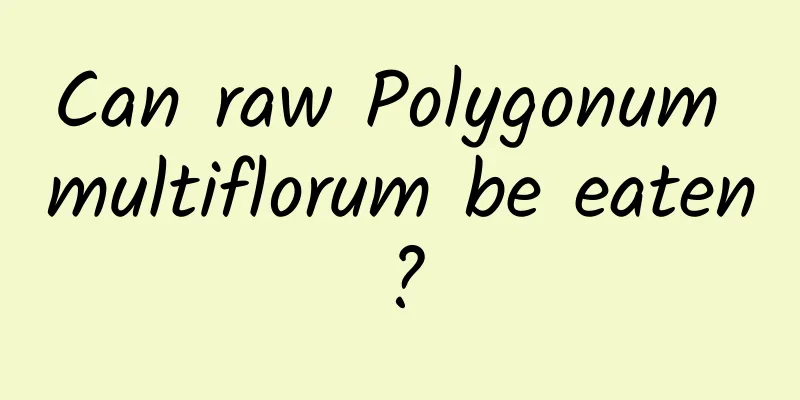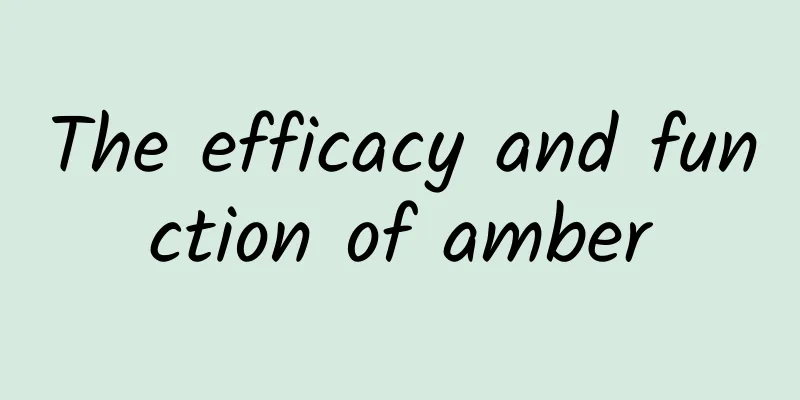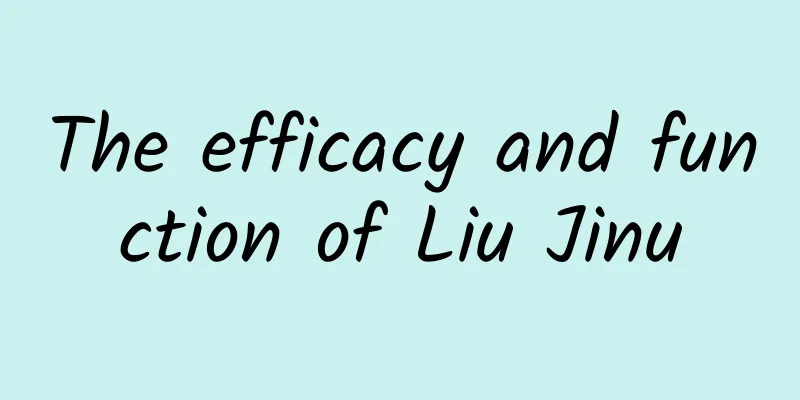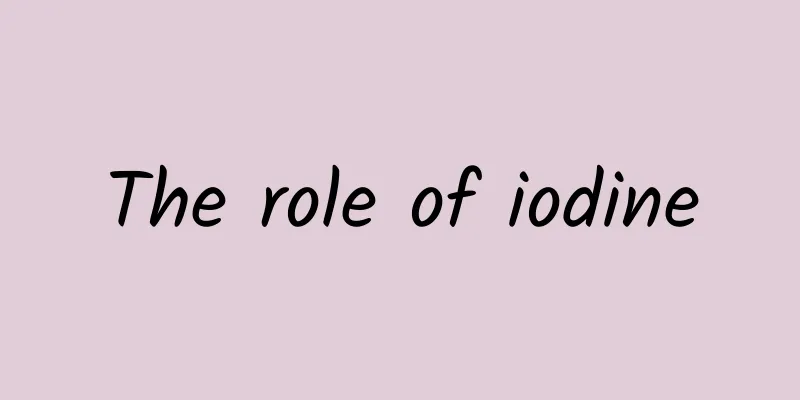Can raw Polygonum multiflorum be eaten?

|
Many people think that Polygonum multiflorum must be processed before eating, but Polygonum multiflorum is produced in abundance in many places, so when eating Polygonum multiflorum, you can eat it raw without any processing. However, many people think that this way of eating is very harmful to the body. Eating processed Polygonum multiflorum can reduce the harm to the body. However, some people do not think so and think that raw Polygonum multiflorum can also be eaten. So can raw Polygonum multiflorum be eaten? The Chinese medicine Polygonum multiflorum can be divided into raw Polygonum multiflorum and processed Polygonum multiflorum. Raw Polygonum multiflorum is cut into slices and used as medicine, while processed Polygonum multiflorum is boiled with black beans, steamed, and then dried and used as medicine. The functions of the two are different: raw Polygonum multiflorum can detoxify, eliminate carbuncle, moisten the intestine and promote bowel movements, and is often used to treat scrofula, carbuncle, urticaria itching, and dry intestine constipation; processed Polygonum multiflorum can nourish the liver and kidney, benefit the essence and blood, blacken the hair, and strengthen the tendons and bones. It is used for blood deficiency and chlorosis, dizziness and tinnitus, premature graying of hair, soreness of the waist and knees, numbness of limbs, metrorrhagia, leukorrhea, and physical weakness caused by long-term malaria. Polygonum multiflorum is a commonly used medicine for prolonging life. Modern pharmacological research has shown that Polygonum multiflorum has many effects such as anti-aging, enhancing the body's immune function, lowering blood lipids, antibacterial, and laxative. The high nutritional value of Polygonum multiflorum is closely related to its nutritional components. According to measurements, every 100 grams of tender stems and leaves contains 7.30 mg of carotene, 1.05 mg of vitamin B2, 131 mg of vitamin C, and every 100 grams of dry product contains 2160 mg of potassium, mg of calcium, 14.3 mg of iron, 2.5 mg of manganese, 2.6 mg of zinc, and 0.7 mg of copper. The nutritional ingredients of Baoshouwu include 7.30 mg of carotene, 1.05 mg of vitamin B2, and 131.0 mg of vitamin C per 100 g of edible part. There are also 12.7% water, 28.7% starch and 2.67% glucose. Polygonum multiflorum has obvious effects of nourishing the liver and kidneys, improving the essence and blood, strengthening the tendons and bones, blackening hair, calming the nerves, and stopping sweating. How to utilize the health benefits of Polygonum multiflorum? Pick its young leaves and stem tips in spring and autumn, blanch them in boiling water, then stir-fry or make soup. Its tuberous roots contain starch, and besides being used as traditional Chinese medicine, they can also be used to make starch or brew wine. Raw Polygonum multiflorum can be eaten. Raw Polygonum multiflorum can be used to make water, tea, and wine. Everyone can try it. Eating Polygonum multiflorum in this way will bring greater benefits to the body. If you choose to eat Polygonum multiflorum raw, it can also improve the phenomenon of qi deficiency. Polygonum multiflorum is also very helpful for people's hair growth. If your hair is not black, eating some Polygonum multiflorum can improve such symptoms. |
<<: Can raw Polygonum multiflorum be used to make wine?
>>: Who is suitable to eat Lingzhi?
Recommend
What are the medicinal values of gray vegetables?
Gray-green vegetable is a common wild vegetable a...
The efficacy and function of Pu Chong Hu
The development of Western medicine has brought s...
Why are severe convective weather such as heavy rain, strong winds, and lightning more likely to occur in summer?
Dahe.com (Reporter Mo Shaohua) The weather is hot...
The efficacy of traditional Chinese medicine Cassia seed
Cassia seed is a common Chinese medicinal materia...
The boat is sailing in the sky
Six world records! Guizhou Hydropower Station &qu...
The efficacy and function of crane lice
There are so many medicinal herbs in the world, a...
Why were the gravitational waves predicted by Einstein detected only a hundred years later?
The dream of archaeologists is to record the soun...
"Togetherness" is passed down, there is a mystery behind the Beijing Winter Olympics medals!
The Beijing Winter Olympics are getting closer! T...
What are the medicinal values of Nandina domestica?
Perhaps most people are very familiar with Nandin...
The efficacy and function of fragrant vine root
Fragrant vine root is a relatively common herbal ...
I heard that poop can also help you lose weight, so would you like to try it?
gossip Ladies and gentlemen, if one day, you are ...
People who grew up in the countryside must have taken this liver-protecting "magic medicine"
If you are a child in the countryside, you must h...
Analyzing the way of training large models from the perspective of Chinese culture: Taking DeepSeek as an example
With the rapid development of artificial intellig...









